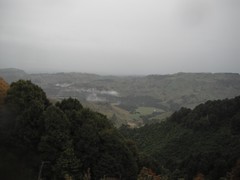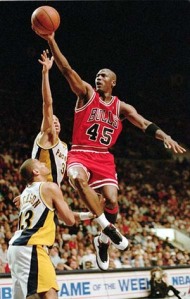
Hi Everyone (though with my slack posting of late, I doubt that I will have much everybody left 😉
I am quite tired, so this isn’t going to be one of my traditional sprawling tales. We had our annual Pukeokahu School Horse Trek over the weekend, and I spent the weekend serving up 6am breakfasts, peeling various vegetables, feeding hungry trekkers and sleeping poorly in a smelly shearers bed (it was actually a wonderful weekend and I had a fantastic time, especially driving around the Mokai Range and maybe the party on Saturday Night 8-).
Anyway, so I just wanted to share the rubric my students and I created during the first three weeks of school this year. My goal was for my students to create an easy to use tools which would allow them to self assess their posts on their ePortfolios in a way that they would be able to make improvements with less and less input from me.
We began by brainstorming (in small groups, then compiled as a class) what makes a fantastic blog post, after which we put the brainstormed points in to five headings, Interesting, Tools, Attributions, Punctuation and Spelling, Categories. That night, I made up the blank rubric and entered the points into the Expert column. The next day I modelled filling in one square per column, I then gave my three pairs of students two heading each to fill in. Finally, we all came together and shared and debated the final wording, while I typed it in on my laptop. This is our finished product:
I must say that, this rubric was created by kids which had a good six months of blogging behind them through the Student Blogging Challenge. So far the kids have used it for two posts, and they are not using it independently yet. I need to constantly remind them to check back to the Rubric, and I am always saying that they need to strive for at least an Advanced level. However, apart from my nagging, kids do actually enjoy using it. They find it easy to use and relavant to their ‘Real World Wide Audience’s’ needs and are beginning to remind each other to use it.
So that’s it really, I just wanted to share this with you as you might find it useful. But if you do decide to use a rubric to help your kids blogging, you must remember that the only way the kids will take ownership of the rubric and find it enjoyable is if you help the kids create the rubric themselves.
Attributes:
Photo by Tristin at Pukeokahu Schools Flickr Album:
http://www.flickr.com/photos/pukeokahuschool/5506905651/in/set-72157626093421921/




